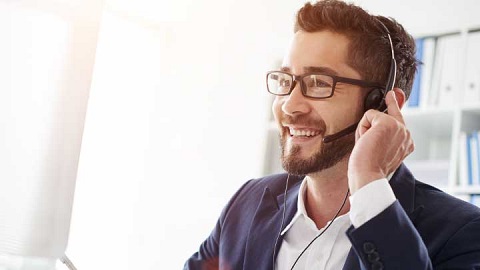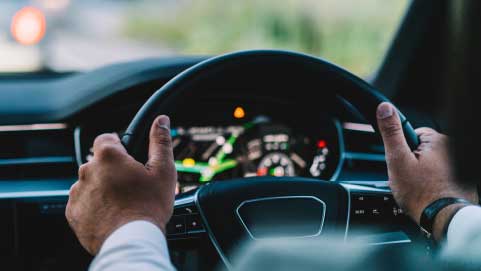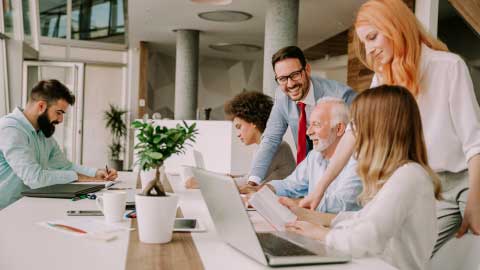Exploring the new WLTP standards
From 6th April 2020, consumer information will switch to showing the WLTP CO2 emission figure and all vehicles registered from this date will be taxed based on their WLTP CO2 figure. This is no doubt going to have an immediate effect on the tax paid by both business and their drivers.
The Worldwide Harmonised Light Vehicle Test Procedure (WLTP) has been mandatory for all new car models approved from 1st September 2017. This is a global test for measuring the level of air pollutants, CO2 emissions, and energy consumption in light duty vehicles such as cars and vans.
The question most likely being asked by businesses and those due a new company car will be what the differences will be for those vehicles registered prior to the 6th April and those registered after. What effect this is going to have on the tax that is payable, and what this could mean for their businesses bottom line?
The most recent WLTP announcements:
- For all cars registered from 6th April 2020, there will be a 2 percent reduction in company car tax percentage over the 2020/21 rates already published.
- Company car tax rates published for 2021/22 and 2022/23 will see a 1 percent increase in both years.
- The reduction of 2 percent will apply to all cars including pure electric taking the company car tax percentage of pure electric to zero in 2020/21, this includes cars registered before April 2020.
- Cars registered before 6th April 2020 will have their rates fixed at previously published rates for 2020/21 for the next two years. This will mean a freeze in company car tax post 2020.
- From April 2020 there will be two sets of company car tax tables, one for those cars registered before 6th April 2020 and one afterwards.
- There has been no change to other tax thresholds or rates, including VED tax.
How will the implementation of WLTP affect car tax?
The CO2 emissions figure is used to determine the cost of Vehicle Excise Duty (also known as car tax) for new passenger vehicles during their first year of registration, in addition to any Company Car Tax. For those passenger vehicles approved under WLTP, a figure equivalent to what would have been achieved had the car been tested under NEDC will be used for taxation purposes – this is known as the NEDC equivalent value.
From the 6th April 2020, the CO2 value obtained under WLTP will be used instead of the NEDC equivalent. When WLTP is used to calculate vehicle tax, it will only affect passenger vehicles that at that time are unregistered. The CO2 figure that is used for tax purposes when the car is first registered will not change during its lifetime.
What about NEDC?
WLTP replaces the outdated New European Driving Cycle (NEDC) test that was introduced by the European Union in 1992 and has been used for over 20 years in order to provide comparable values for fuel/energy consumption. The standardised NEDC applied for all passenger vehicles and light commercial vehicles.
What is WLTP?
WLTP introduced a range of new and rigorous testing procedures which seek to replicate real world driving. These tests assist in accurately aligning emissions to individual vehicles, as opposed to providing a blanket CO2 rating for a model derivative. These improvements produce much more realistic results, giving the consumer more confidence in fuel economy, CO2 emissions and electric range values presented for a new car.
The benefits of WLTP
WLTP introduces much more realistic testing conditions, which cover and include the following:
- More realistic driving behaviour
- A greater range of driving situations; low, medium, high, extra high and combined
- Longer test distances
- More realistic ambient temperatures, closer to the European average
- Higher average and maximum speeds and drive power
- More dynamic and representative accelerations and deceleration
- Shorter stops
- Optional equipment considered: CO2 values and fuel/energy consumption are provided for individual vehicles as built
- Stricter car set-up and measurement conditions
- Enables best and worst-case values on consumer information, reflecting the options available for similar car models
WLTP aims to provide a much more accurate basis for calculating a vehicle’s fuel/energy consumption and emissions. This will ensure that lab measurements better reflect the on-road performance of a car. You should only compare fuel/energy consumption and CO2 figures with other vehicles tested to the same technical procedures.





